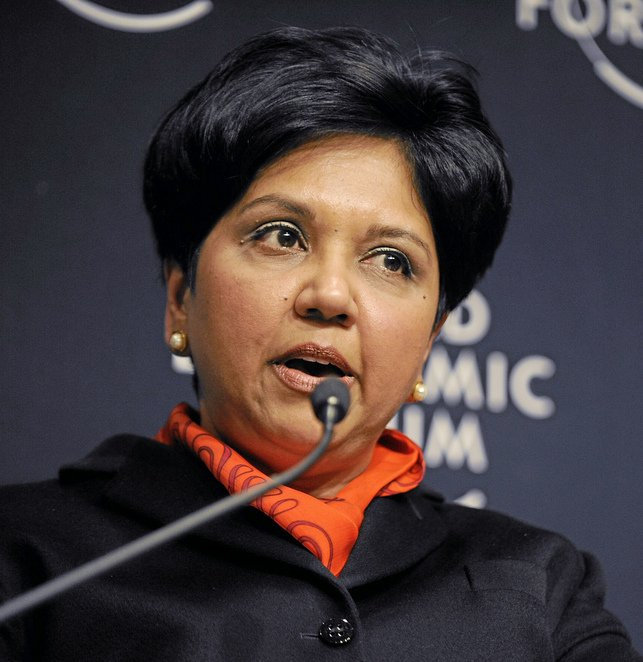
Leadership
Honesty and courage: building on the cornerstones of trust
by George Kohlrieser Published June 2, 2025 in Leadership • 5 min read • 
Trust is the bedrock of effective leadership. It calls for executives to take a more emotionally intelligent approach.
Trust is declining dramatically worldwide. The 2025 Edelman Trust Barometer reveals a widespread lack of trust in institutions, organizations, and their leaders. This trust deficit manifests as disengaged employees, skeptical customers, and underperforming teams. What can leaders do to turn this around?
Trust is hard to build and easy to destroy. It is the invisible thread that binds teams together. Trusting someone is an act of will, a leap into uncertainty, which is why it often feels risky. This is particularly the case at work, where relationships take on a different dynamic than in our personal lives. However, the result is what makes the bond of trust and its possibilities so powerful. To reap these rewards, leaders must understand the emotional foundations of trust and work hard to cultivate and sustain it.
Trust is an active emotional engagement and an act of faith between people, a dynamic process shaped by repeated choices, dialogue, and behaviors. It must be earned and created continuously. This requires mindfulness that the interactions and events each leader and team faces will influence how much trust is created.
Here are four key areas each leader can reflect on to build and maintain their level of trust in their organization:
1. Be honest and transparent
Trust cannot exist without honesty, and honesty alone is not enough – it must be based on transparency and delivered with authenticity. Employees and stakeholders do not expect perfection, but they do expect truthfulness with authenticity. Executives who hide bad news or sugarcoat difficult realities undermine the faith that others put in them. A CEO who openly addresses financial struggles with employees can earn more trust than one who lets uncertainty breed fear.
Transparency does not mean oversharing or overexposing each vulnerability. It means creating emotional safety with honesty and ensuring people are not left in the dark. Trust thrives when people know where they stand.
2. Show vulnerability to nurture psychological safety
High-performing teams operate in an environment of psychological safety, where individuals can voice ideas, admit mistakes, and take risks without fear of humiliation or punishment. This safety must be built on a deeper emotional foundation: the leader’s willingness to be vulnerable.
Leaders who admit when they don’t have all the answers or openly acknowledge mistakes enable their teams to do the same. A leader who never shows vulnerability may command compliance but will struggle to inspire the trust of a team. This also means understanding and talking about emotions like anger, fear, loss, uncertainty, and even joy and gratitude. To build trust, leaders must pay attention to how team members and others feel.

3. Show courage in conflict
It is easier to lead when everything is harmonious. However, deep trust in teams is built when a leader steps into difficult conversations, facilitates open dialogue, and ensures conflicts are resolved productively. Leaders who are a secure base do not shy away from tension and conflict. They view conflict as an opportunity for shared problem-solving, deeper understanding, open communication, and reinforcing bonds. Avoiding conflict, sugarcoating, or suppressing difficult conversations only erodes trust in the leader and the team.
Emotional intelligence is crucial here. Empathy, active listening, and a calm demeanor can help navigate disputes without escalating them into trust-breaking confrontations. Leaders who mediate rather than command or micromanage cultivate a culture where employees feel heard, valued, and motivated to find solutions together.
4. Be trustworthy in negotiation
Trust between all parties is the foundation of any successful negotiation. Leaders who negotiate with integrity, transparency, and respect achieve effective agreements, enduring, stronger partnerships, and greater trust. Transactional, zero-sum tactics – where one side aims to dominate rather than collaborate – might result in short-term gains but can lead to long-term damage and broken trust. When trust is broken in this way during negotiations, deals become fragile, relationships deteriorate, and future collaboration becomes more difficult. Negotiation means mutual gains and mutual losses.
No matter how fast the world changes, trust will remain the bedrock of leadership. Leaders who embrace honesty and vulnerability, foster emotional bonding – even with an adversary – and consistently demonstrate integrity in conflicts and negotiation cultivate the kind of trust that powers long-term success and a team that is motivated and liberated to perform at their best.
Indeed, the clearest sign that you have genuinely won the trust of your team is when an employee can confidently say: “I know you’ve got my back.”
The right way … and the wrong way
- Satya Nadella became CEO of Microsoft in 2014, at a time when the company was struggling with internal silos and a rigid, competitive culture. Rather than enforcing top-down control, Nadella prioritized empathy and transparency. He launched open forums where employees at all levels could voice concerns. He shifted Microsoft from a “know-it-all” to a “learn-it-all” culture. This enlightened approach revitalized Microsoft, proving trust can be built through emotional bonding and shared purpose.
- Indra Nooyi, as CEO of PepsiCo, built trust through emotional engagement with employees. One of her most impactful initiatives was writing personal letters to the parents of 400 top-performing employees, thanking them for raising exceptional individuals. This strengthened loyalty and created a culture of mutual respect. Nooyi’s leadership demonstrated that trust flourishes when employees feel valued not just as professionals but as people.
- Travis Kalanick, Uber’s former CEO, exemplified how toxic leadership can destroy trust. His hyper-competitive approach fostered a culture of fear and unethical behavior. Reports of unchecked harassment, retaliation against whistleblowers, and manipulative tactics to evade regulators eroded trust. Employees felt unsafe speaking up, and customers lost confidence in Uber. A public backlash and internal turmoil led to Kalanick’s forced resignation. Trust, once broken, requires significant effort to rebuild.
- Frederick Wieder contributed to this column.
Authors

George Kohlrieser
Distinguished Professor of Leadership and Organizational Behaviour at IMD
Professor of Leadership and Organizational Behavior at IMD and Director of the High Performance Leadership program, the Advanced High Performance Leadership program, and the Inspirational Leadership program. He serves as a consultant to several global companies including Accenture, Amer Sports, Borealis, Cisco, Coca-Cola, HP, Hitachi, IBM, IFC, Jaeger-LeCoultre, Morgan Stanley, Motorola, NASA, Navis, Nestlé, Nokia, Pictet, Rio Tinto, Roche, Santander, Swarovski, Sara Lee, Tetra Pak, Toyota, and UBS.